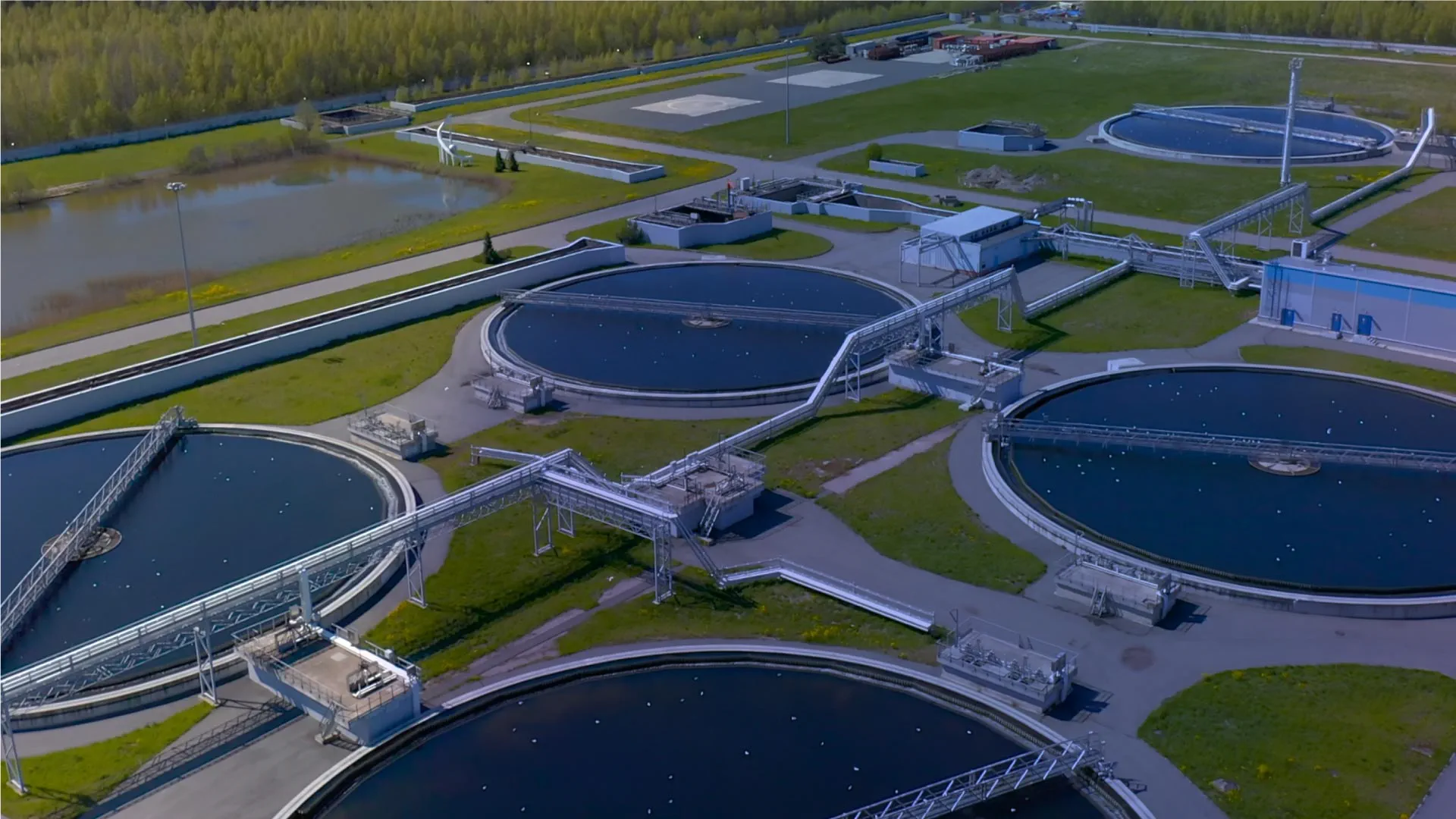In times of uncertainty, such as the current COVID-19 pandemic, data is invaluable.
The shock wrought by the coronavirus pandemic to industries and organisations will reverberate for years to come. It is a stark reminder that adversity can strike unexpectedly, and business systems’ and leaders’ inability to consider potential future scenarios and pre-emptively review possible response strategies can cause massive disruptions to the organisations—even failure.
Data is already a critical currency when organisations are operating in the steady state, when customer demand, asset performances, and environmental conditions are within ‘normal’ boundaries. But in times of uncertainty and change, when things are not in the steady state, data becomes invaluable.
Using data-driven insights to explore alternative possible futures can enhance an organisation’s situational awareness, and help them formulate management responses and pre-emptive mitigations to potential operational challenges.
The Data Journey
The value of data is realised when it is transformed to provide decision-making insight. The process of arriving at better, more informed decisions is what we at Arcadis Gen call the data journey. And, as with most journeys, there are insights to be gained along the way, as well as the value of arriving at the destination.
The journey starts by acquiring and managing data. These are then transformed into actionable intelligence through applied analytics. Finally, data-driven insights are published at the right time to the right decision-maker to achieve operational excellence. Problems arise when the data journey is incomplete or interrupted. For example, inefficient data gathering may lead to the analytics of incorrect or unverifiable information, or insights be miscommunicated, compromising the decision-making process.
Avoiding this is a simple matter of becoming familiar with the waypoints of the data journey.
-
Data acquisition and management
Understanding the data that can support relevant decisions, maximising the value of legacy datasets, avoiding costly and unnecessary data acquisition and management activities, capturing and codifying tacit knowledge from experienced personnel, integrating asymmetric datasets and actively managing data quality are just some of the activities associated with the first phase of the data journey.
There is significant latent potential in data estates within organisations operating across a wide range of industry sectors, from transport operators, to water and energy utility companies. However, organisations are often prone to spending significant sums of money collecting data that has little or no value, or not processing the valuable data they do have. We frequently come across organisations that say their data does not support advanced analytics. In truth, what they lack is simply the right tools. Arcadis Gen helps them realise the value of their data through meticulous analytics that derives insights better aligned to their business objectives.
-
Analytics and transformation
Transforming data into actionable intelligence can be as simple as presenting datasets in a way that engages the decision-making stakeholders effectively. Transformation and experimentation tools like a modelling environment, a system simulation, or an AI application visualises and interprets the data better and easier for everyone.
From descriptive analytics to predictive and prescriptive analytics, selecting the right method and class of analytics is a key part of the data transformation step in the data journey. In addition to securing an appropriate modelling capability, experimentation is another key part of the second step in the data journey. Through appropriate stakeholder engagement and selection of relevant modelling scenarios, decision support insights can be provided in context, highlight the likelihood of alternative futures, and identify optimal investment, intervention and recovery actions.
-
Visualisation and engagement
Finally, the key step in the data journey is presenting the emerging decision support intelligence in a way that engages decision makers, highlights key themes for action, and promotes further investigation into areas of risk or opportunity. The use of modern Business Intelligence platforms and visualisation layers offer the potential to really engage the consumer with the insights that are relevant to them and their organisation.
Publishing insights to mobile devices, wearables, and pixel-rich collaboration platforms can change the relationship of individuals and teams through information. Pushing tailored insights to audiences at the point of use can eliminate significant inefficiencies and improve productivity.
Whilst this journey provides a pathway to maximising data, it is not a sequential, one-time action. The approach is iterative: engagement with resulting decision support intelligence can lead to new data demands, and emerging analytics technologies can open new, higher fidelity analysis, which may be presented differently.
Applying the data journey
The journey to data-driven insights can deliver strategic direction, operational focus, and business success. With the technology at our disposal today, the possibilities with data are bound only by our imagination. In relation to the inevitable challenges faced by organisations as they respond to and recover from the implications of COVID-19, here are just a few areas for consideration:
-
Demand forecasting – through evaluating a range of alternative recovery models, an organisation can understand how demand for its product or service will vary as economies recover from the COVID-19 fallout. Operational tempo and resource requirements can then be mapped to the range of demand profiles to help prepare the organisation to respond to, and calibrate the rate of recovery.
-
Inventory optimisation – disposal of excess stock, delaying or re-profiling reorder quantities can lead to cash flow improvements and a reduction in asset depreciation charges.
-
Re-baselining investment budgets – through applying systematic investment optimisation approaches to available funding, budget can be allocated in accordance with revised objectives, priorities, and constraints.
Did you find this information useful?
Did you find this information useful?
Thank you for your feedback!

 Back
Back










